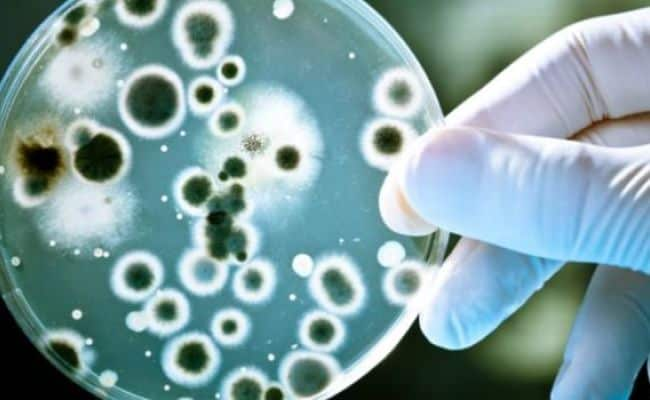"Our research suggests there must be a planet-wide mechanism that ensures the exchange of bacteria between faraway places," said Konstantin Severinov, Professor at the Rutgers University-New Brunswick.

Bacterial cells infected by viruses, molecular memories are stored in special regions of bacterial DNA.
Bacteria travels thousands of miles, not on people or animals but through the air, finds a study that could shed light on harmful bacteria that share antibiotic resistance genes.
"Our research suggests there must be a planet-wide mechanism that ensures the exchange of bacteria between faraway places," said Konstantin Severinov, Professor at the Rutgers University-New Brunswick.
"Because the bacteria we study live in very hot water, about 160 degrees Fahrenheit, in remote places, it is not feasible to imagine that animals, birds or humans transport them. They must be transported by air and this movement must be extensive as bacteria in isolated places share common characteristics," Severinov said.
In the study, published in the journal Philosophical Transactions of the Royal Society B, Severinov analysed the "molecular memories" of bacteria from their encounters with viruses, with memories stored in bacterial DNA.
The scientists collected heat-loving thermus thermophilus bacteria in hot gravel on Mount Vesuvius and hot springs on Mount Etna in Italy, hot springs in the El Tatio region in northern Chile and southern Chile's Termas del Flaco region, and hot springs in the Uzon caldera in Kamchatka, Russia.
In bacterial cells infected by viruses, molecular memories are stored in special regions of bacterial DNA called CRISPR arrays.
Cells that survive infections pass the memories, small pieces of viral DNA, to their offspring. The order of these memories allows scientists to follow the history of bacterial interaction with viruses over time.
"What we found, however, is that there were plenty of shared memories -- identical pieces of viral DNA stored in the same order in the DNA of bacteria from distant hot springs," Severinov said.
"Our analysis may inform ecological and epidemiological studies of harmful bacteria that globally share antibiotic resistance genes and may also get dispersed by air instead of human travellers," he noted.
(This story has not been edited by NDTV staff and is auto-generated from a syndicated feed.)
DoctorNDTV is the one stop site for all your health needs providing the most credible health information, health news and tips with expert advice on healthy living, diet plans, informative videos etc. You can get the most relevant and accurate info you need about health problems like diabetes, cancer, pregnancy, HIV and AIDS, weight loss and many other lifestyle diseases. We have a panel of over 350 experts who help us develop content by giving their valuable inputs and bringing to us the latest in the world of healthcare.














